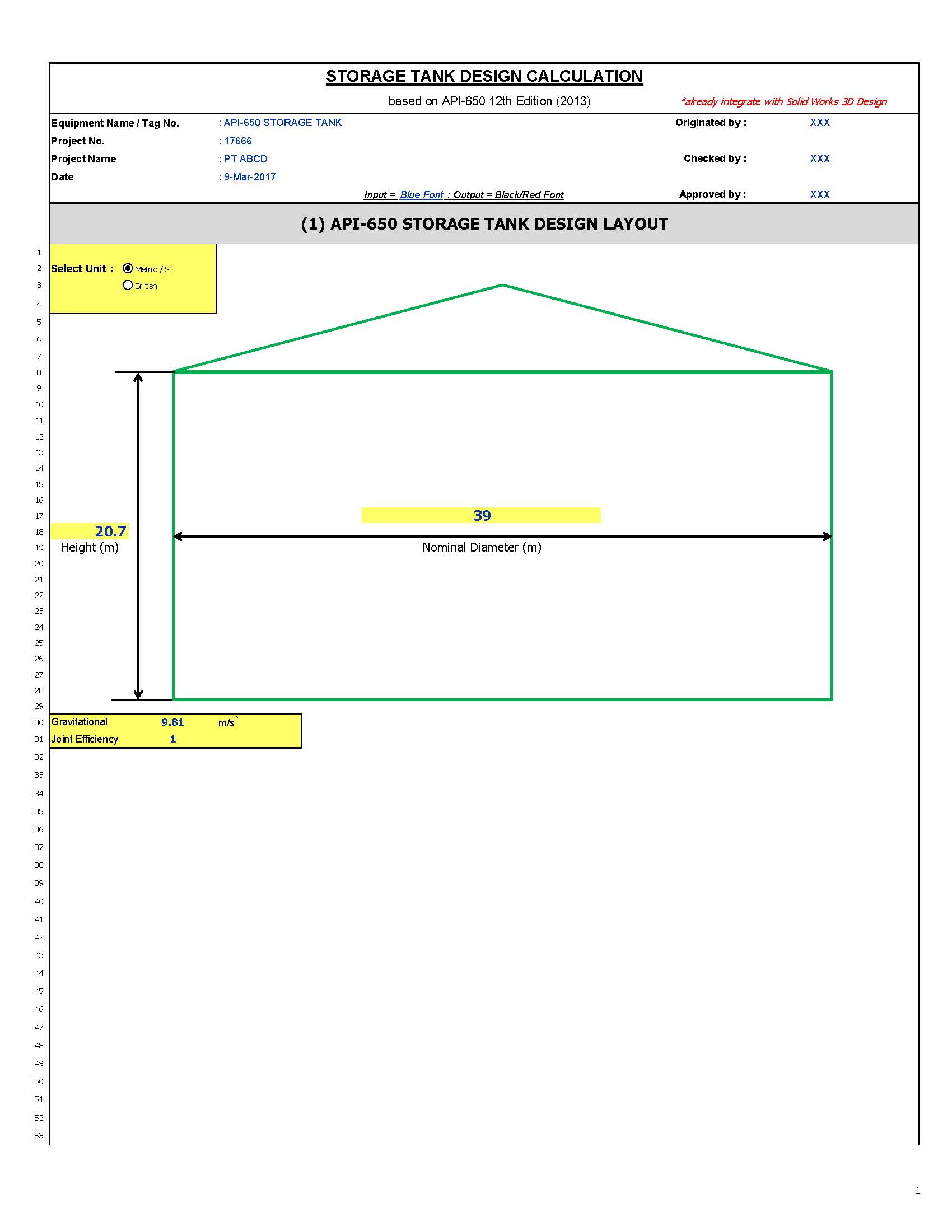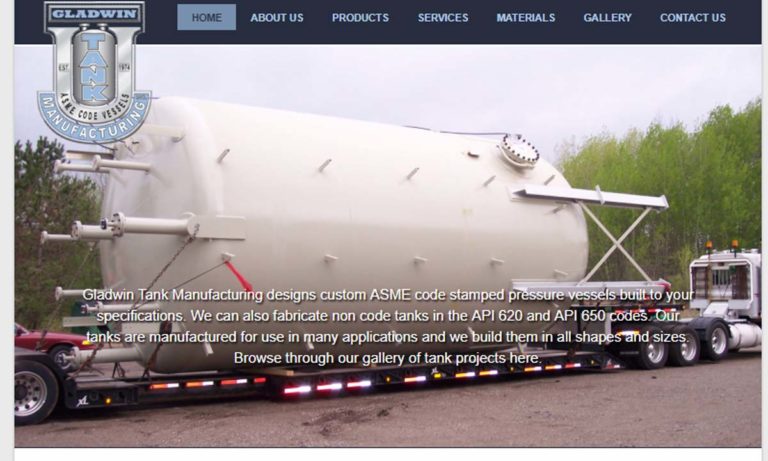After a quick review of this code, it is readily apparent that API 620 is a bit more technologically advanced than its close cousin API 650. The main difference, as mentioned earlier, is that this code has a higher range of design pressure (up to 15 psig). API 620 is different from API 650 in a number of other ways. For example, API 620. API 12D: API 12D is field fabricated tank of production liquids; Smaller in size compared to API 650/620; Temperature: Ambient; API 12F: API 12F is shop fabricated tank of production liquids; Smaller in size compared to API 650/620; Temperature: Ambient; API 12F is intended to use for oilfield service mostly.
The American Petroleum Industry (API) has established standards for the design, fabrication and construction of welded steel storage tanks for storing oil. For those of you who need to know the primary differences between API Standards, 620 and 650, API 620 regulates the design and manufacture of large steel low-pressure storage tanks, usually larger than 300 feet in diameter. By contrast, API Standard 650 sets the requirements for most carbon and stainless steel, and aluminium tanks located in terminals, refineries, pipelines, and other process facilities.
You will see in this article that each standard covers tanks with different pressure and temperature parameters. Your choice of standards will depend on your and/or your client’s particular needs.
Actual Standards
Api 620 Code Free Pdf
If you require the complete API Standard 620, 10th Edition, February 2002, click here. For the complete API Standard 650, 10th Edition, March 2007, click here.
API 620
The design configuration of API 620 requires that you have an elevated or flat bottom and has a single, vertical, centered axis of revolution with a minimum material thickness of 3/16 inch. Other attributes of API 620 include:
· It is constructed from carbon steel, austenitic stainless steel and nickel alloys (low temperature only).
· A Welding Certification is stipulated by American Society of Mechanical Engineers (ASME), Section 10.

· There is a required inspection, no third party.
· The inspection cost is the cost of the non-destructive inspection (NDE)
Benefits of API 620 are:
1) It is used for products which have high internal pressure such as liquefied natural gas (LNG) and cryogenic tanks.


2) It can store contents at a higher pressure (maximum 15 pounds per square inch (PSI) of gas or vapor storage) and lower temperature (-325 degrees F to 250 degrees F) than API 650.
3) It can store any liquid.
API 650
API 650 sets minimum requirements for the design, material, construction, and testing for aboveground, open and closed-top, cylindrical steel storage tanks in different capacities and sizes, roughly equating to the pressure of the atmosphere (not greater than the weight of the roof plates). If additional requirements are met, higher internal pressures are allowed. API 650 only covers tanks that support the whole bottom evenly and tanks in non-refrigerated service that have a maximum design temperature of 200 degrees F. It requires that you have a minimum material thickness of 3/16 inch. Other attributes of API 650 are:
· It is constructed from carbon steel, austenitic duplex stainless steel, and aluminium
Api 620 Code Free Shipping
· A Welding Certification is stipulated by American Society of Mechanical Engineers (ASME), Section 10.
Api 620 Code
· There is a required inspection, no third party.
· The inspection cost is the cost of the NDE.

Benefits of API 650 include:
1) It can store oil, gas, chemical, water and biofuel for some of the most common tanks in the oil industry.
Api 620 Code Free Online
2) It can store contents at a lower pressure (maximum of 2 ½ PSI) but at much higher temperature (-40 degrees F to 500 degrees F) than the standards of API 620.
3) It can be any tank size.
Api 620 Code Free Download
Hopefully, this article provides some clarification for those of you in the metal fabrication industry regarding the key differences between API Standards 620 and 650 for storage tanks. To quickly summarize, API 620 can store the contents at a lower temperature and higher pressure whereas API 650 permits a lower amount of pressure at a higher temperature. Given that, and knowing your specific pressure and temperature requirements, you can see that an accurate choice is extremely critical.